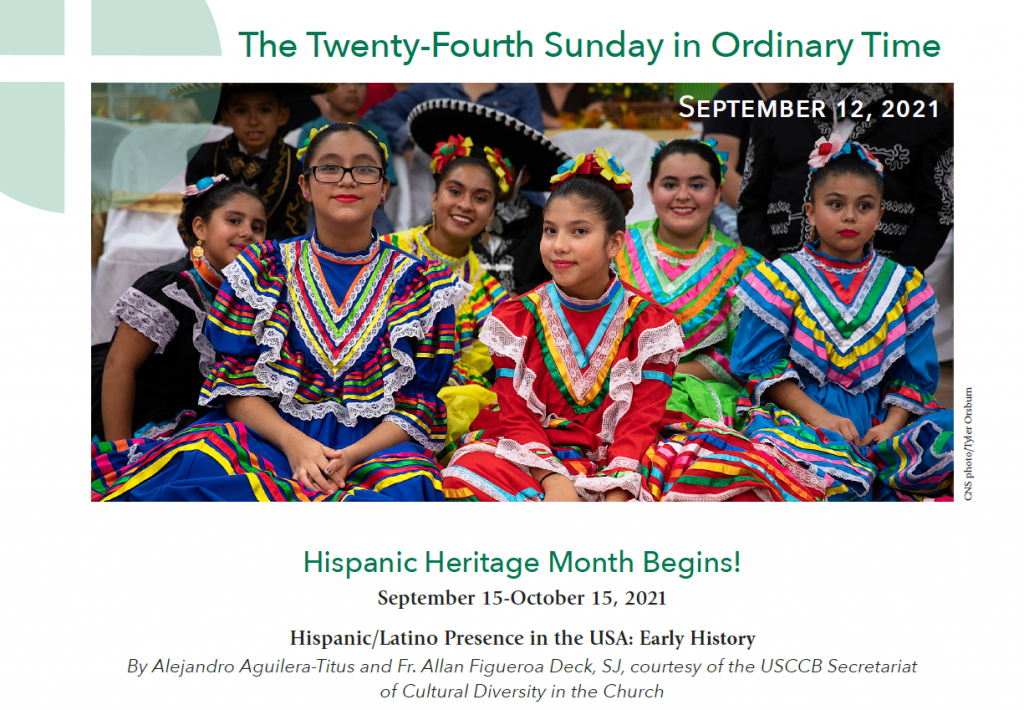
September 15-October 15, 2021
People with roots in Latin American countries have lived in the United States from its very beginnings. However, their presence on the national scene was practically invisible. The 1970 Census was the first time Hispanics were counted and recognized as a distinct population. The very term Hispanic was chosen by the U.S. Government to name a growing population that was not a racial or an ethnic group, but a people with roots in more than twenty-three Latin American countries and Spain, sharing a common cultural heritage and language. The term Latino emerged in the 80s as a self-given name, particularly in urban settings. This broadening of identity as Hispanics/Latinos was encouraged by robust immigration from Latin America during the ’80s and ’90s. Yet today, most Hispanics/Latinos still identify with their nation of origin, for example, and prefer to call themselves Mexican Americans, Cuban Americans, Puerto Ricans, etc.
The roots of the Hispanic/Latino presence in the U.S. go back to colonial times when most of the country’s southern flank was under Spanish rule. The first Mass celebrated in what is now the U.S. took place in 1569 in St. Augustine, Florida, under Spanish auspices. The Hispanic/Latino presence took on a whole new dimension in the 1840s with the annexation of half of Mexico’s territory to the United States as a result of the Mexican-American War. The new border crossed entire populations from big and small towns, as the Mexican-American presence was born in what is now the American West and Southwest. In 1898 the Spanish-American War led to the annexation of Puerto Rico, adding its population to the growing number of U.S. citizens of Hispanic/Latino descent.
The second part of the twentieth century saw a new wave of Hispanic/Latino immigrants come to the United States from Mexico, Central America and South America. In the early 1940s the U.S. and Mexico established the “Bracero Program.” This program brought thousands of Mexican nationals to work in agriculture. The demand for workers also brought a significant number of Puerto Ricans to the Northeast region. The ’60s saw a massive immigration of Cuban refugees as a result of the Cuban Revolution. The ’70s and ’80s witnessed significant immigration from Central America due to civil wars ravaging places like El Salvador and Guatemala. During the ’90s many Latin American countries experienced a severe economic crisis. Growing Fact of Faith unemployment and high inflation rates forced nationals from practically every Latin American nation to migrate north in search for better economic opportunities. Immigration from Colombia, Bolivia, Ecuador and Peru was particularly high during those years.

– This article is an excerpt from “Chapter Two: Hispanic/Latino Presence in the USA and the Church.”
Hispanic/Latino Presence in the USA EARLY HISTORY Catholic Current 1 Photo: Getty Images. Copyright © 2019, United States Conference of Catholic Bishops, Washington, DC. All rights reserved.
